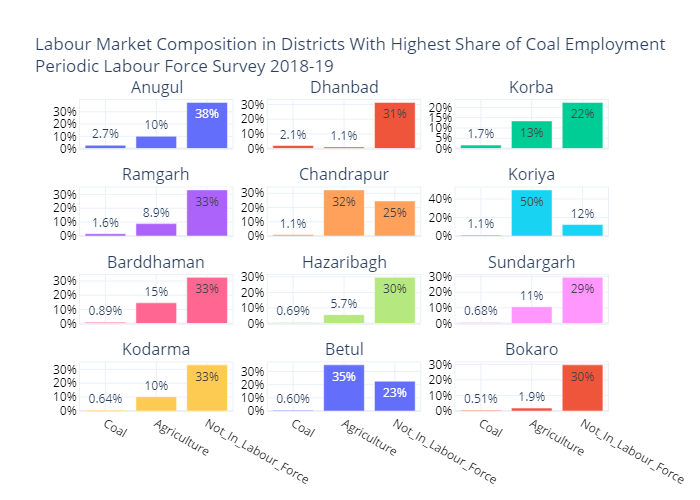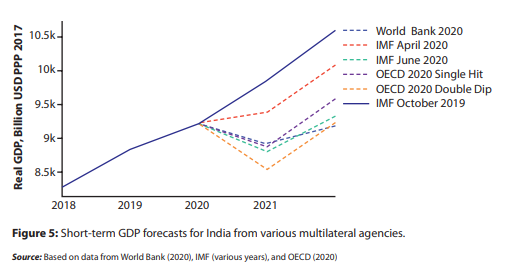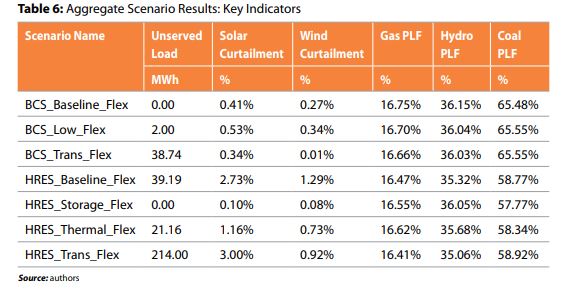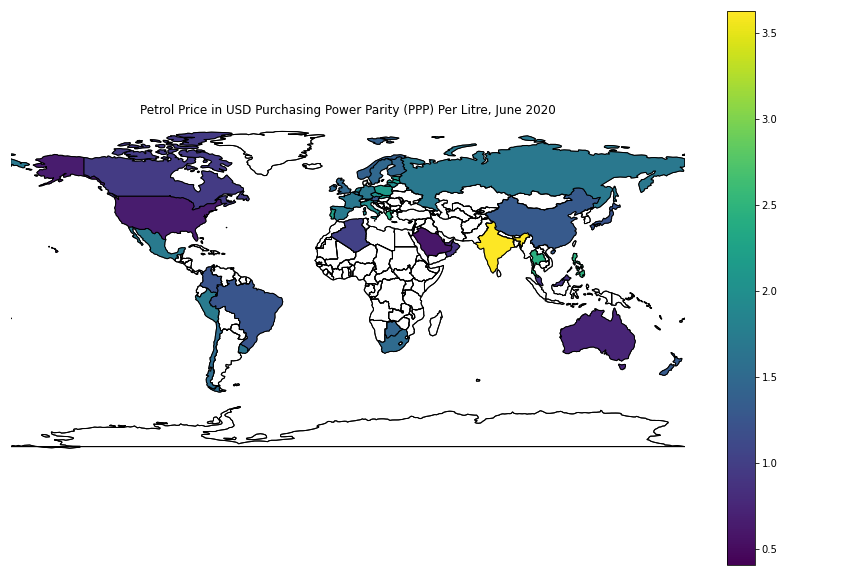
Analyst @IEA. Interested in environment, politics, and economics. Give me a good book and I am happy. All tweets my own views, retweets not endorsements
How to get URL link on X (Twitter) App






 2/10
2/10
















 2/10
2/10
 2/10
2/10








 2/10
2/10
 2/n
2/n